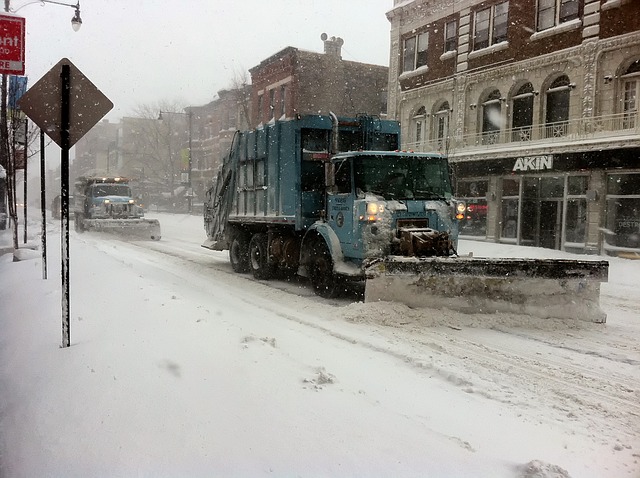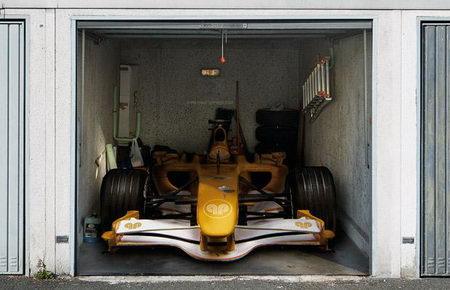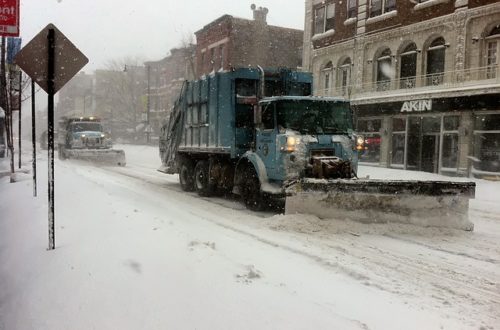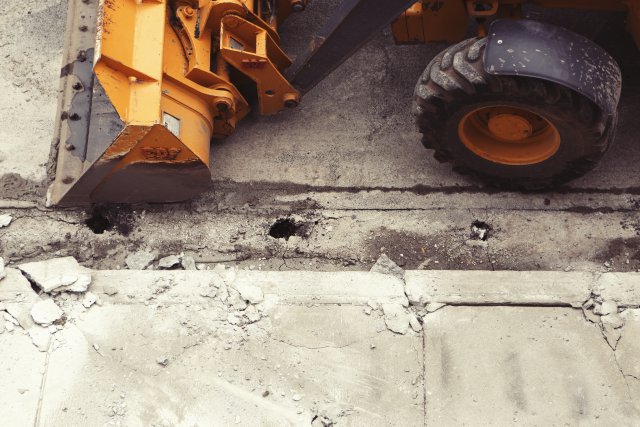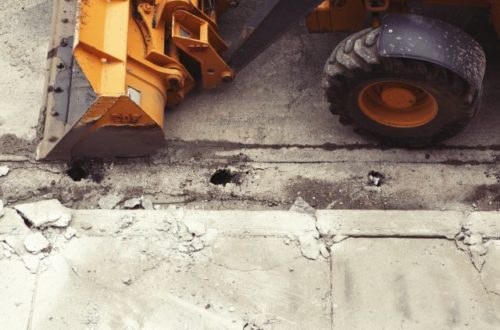Creative Apocalypse Preparation List From Most Obvious to Least
Prepare for emergencies with essential items: guns (for protection), knives (versatile tools), a dog (companion and early warning system), fake blood (intimidation), non-perishable food, medicine, vitamins, feminine hygiene products, Lifestraw (water filter), backpack, map & compass, flashlight, dirt bike (transportation), Bic lighters, books for knowledge and trade. Stay safe!
The History of Gin
Gin has become one of the most popular spirits of today, often mixed with tonic. However, it’s actually been around for quite some time, with confirmed roots dating back to the 17th century. If you’re interested to learn a little more about your favourite spirit, below you’ll discover a brief history of gin. Where it all started The confirmed production date of gin was reportedly in the 17th century. The spirit is said to have started out in Holland, where it was actually used as a medicine to treat gallstones, stomach complaints and gout. However, some argue that it dates even further back in time and was originally produced in…
How to Have the Perfect 4th of July Celebration
Great news: the perfect 4th of July party actually exists outside of Pinterest! It doesn’t take Martha Stuart or a staging queen to pull it off, either. If you really want to impress your patriotic partygoers this year, it can be done—easily and affordably, without breaking the bank! 1. Get the Buzz Going You can’t have a party if no one attends! The 4th of July is a busy holiday; many families choose to spend their time off on vacation or shuffling around between barbeques. To make sure your event is on everyone’s radar, be sure to get the invites out early and start building the buzz. It’s never too…
5 Strange Ways Winter Affects Daily Life
Winter: a mix of wonder and pain. From comfort food to traffic chaos, here's how it affects us. Prepare for high energy bills and protect your pipes.
Absurd Laws You’ve Been Breaking and Could Be Jailed For
In the free world, every single person has to abide by certain rules of law. Why? Well, there are a bunch of reasons that range from the fact anarchy is packed full of flaws, people can’t be trusted to rule themselves in a whimsical fashion and, above all else, so the rights of the smallest minority are upheld and protected; that small minority being you, the individual. However, for all the good and all the sense that is intended, there are exceptions to every rule and so you can be sure to find some seriously absurd laws upheld the US justice system. You probably know what we are talking about…
6 Of The Most Dangerous Jobs On Earth
Like most people, I’m sure there are certain things about your job that bore you to tears. However, when you consider what other people have for a nine-to-five, it can make your cushy office job seem much more appealing! Here, we’ll look at six of the most dangerous jobs in the world. Some of these are sure to make you grateful for your white-collar grind!
Protecting Your Rights When Talking To Police
The average person is becoming a lot more aware, these days, of the risks that are posed by encounters with the police. It doesn't benefit anyone to assume that the worst will happen. However, any of these encounters are likely to be fairly serious, so they should be taken seriously. Remembering your rights and the proper protocol of a situation can help you fare better in it.
The 6 Weirdest Things Ever Found on a Construction Site
Construction happens all over the world on a daily basis, so it's simply a matter of odds that we'll uncover some unexpected — and sometimes downright bizarre — findings along the way.
Another Great Reason to Give Up Soda
In caring for our health, we always try to make the best decisions for our bodies. For many, this involves making the choice to cut out some of the least healthy food and drink options including those that are high in sugars and high fructose corn syrup. One primary target for both those training for major athletic events and those hoping to simply lose a few pounds is sugary drinks such as soda. And suddenly there are way more reasons to give up soda than just dropping a few pounds. Sugary Drink Risks A recent study from the American Heart Association’s Journal, Circulation, found that the consumption of sugary soda,…
Jurassic Park: Sadly Realistic
I know, I know—dinosaur fights, Unix systems, rapid breeding, clones that work better, not worse, than designed—it seems far-fetched to call this movie realistic. But the last time I had watched Jurassic Park was before I graduated high school. When I saw previews for the new sequel, I decided it was time to revisit this masterpiece, and realized it was a very different movie than I remembered.











